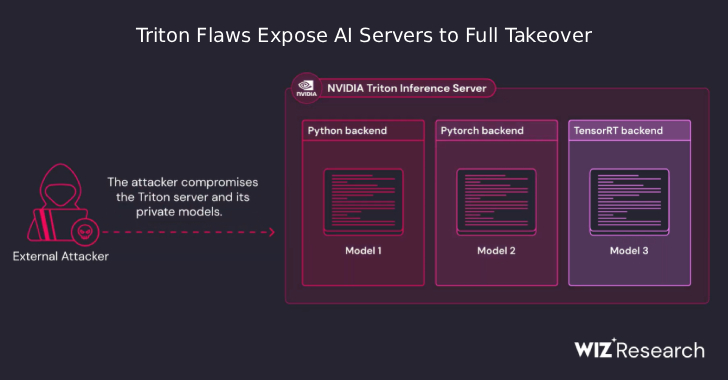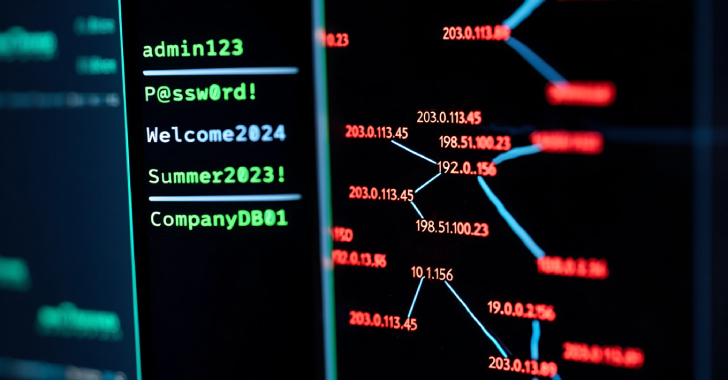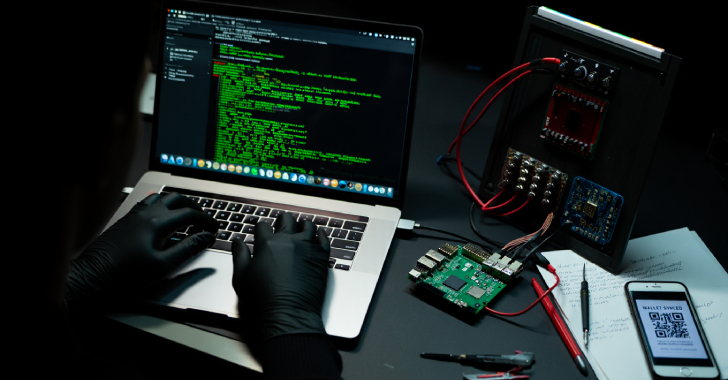
Securing the Blue Line: A Deep Dive into CJIS Compliance for Law Enforcement Tech
The world of law enforcement has evolved significantly in recent years, thanks in large part to advancements in technology. From body cameras and digital evidence management systems to crime mapping software and facial recognition tools, technology plays a pivotal role in modern policing. However, with these technological advancements come significant challenges, particularly when it comes to ensuring the security and privacy of sensitive law enforcement data.
One crucial aspect of securing law enforcement technology is compliance with the Criminal Justice Information Services (CJIS) Security Policy. CJIS is a division of the Federal Bureau of Investigation (FBI) responsible for providing criminal justice information services to law enforcement agencies across the United States. In this article, we will take a deep dive into CJIS compliance for law enforcement tech, exploring its importance, key requirements, and best practices.
Understanding CJIS Compliance
CJIS compliance is not optional but mandatory for any law enforcement agency or organization that accesses or stores criminal justice information. This information encompasses a wide range of sensitive data, including criminal histories, fingerprints, mugshots, and more. The CJIS Security Policy sets the standards and requirements for safeguarding this data, ensuring its confidentiality, integrity, and availability.
The importance of CJIS compliance cannot be overstated. Failure to comply can result in severe consequences, including the loss of access to CJIS systems, legal penalties, and damage to an agency’s reputation. Therefore, understanding and adhering to CJIS requirements is essential for any law enforcement agency leveraging technology.
Key Requirements of CJIS Compliance
To achieve CJIS compliance, law enforcement agencies and their technology partners must meet a series of stringent requirements. These requirements encompass various aspects of data security and include:
- Access Control: Access to criminal justice information must be restricted to authorized personnel only. User authentication, strong passwords, and multi-factor authentication (MFA) are some of the measures used to control access.
- Data Encryption: All data transmitted over public networks must be encrypted using secure protocols. Encryption ensures that even if data is intercepted, it remains unreadable to unauthorized parties.
- Auditing and Accountability: Comprehensive audit trails must be maintained to track who accesses the data, when they access it, and what actions they perform. This helps in identifying and addressing any unauthorized or suspicious activities.
- Incident Response: Agencies must have clear incident response plans in place to address security breaches or incidents promptly. This includes reporting incidents to appropriate authorities.
- Security Awareness Training: Personnel who access criminal justice information must undergo regular security awareness training to ensure they understand their responsibilities in safeguarding sensitive data.
- Physical Security: Measures to protect physical assets, such as servers and storage devices, must be in place. This includes controlled access to data centers and secure storage facilities.
- Regular Security Assessments: Agencies must conduct regular security assessments and vulnerability assessments to identify and mitigate potential weaknesses in their systems.
- Background Checks: Individuals with access to criminal justice information must undergo background checks to ensure their trustworthiness and suitability for such access.
Best Practices for Achieving CJIS Compliance
Achieving CJIS compliance requires a proactive and holistic approach to data security. Here are some best practices to help law enforcement agencies and their technology partners maintain compliance:
- Regularly Update and Patch Systems: Keep all software, operating systems, and applications up to date with the latest security patches. Vulnerabilities in outdated software are often exploited by malicious actors.
- Implement Strong Password Policies: Enforce password complexity requirements and encourage the use of password managers. Consider implementing MFA wherever possible to add an extra layer of security.
- Encrypt Data at Rest and in Transit: Ensure that all data, whether stored on servers or transmitted across networks, is encrypted using robust encryption algorithms.
- Restrict Access Based on Job Roles: Implement a role-based access control system that ensures personnel only have access to the data necessary for their job functions.
- Regularly Test and Audit Security Controls: Conduct penetration testing and security audits to identify vulnerabilities and weaknesses in your systems and address them promptly.
- Backup Data: Regularly back up all critical data, and ensure that backups are stored securely to prevent data loss in case of a breach.
- Train Personnel: Invest in ongoing security awareness training for all personnel with access to CJIS data. This helps create a security-conscious culture within the organization.
- Collaborate with CJIS Auditors: Work closely with CJIS auditors to ensure compliance with their requirements. Establish open lines of communication to address any concerns or questions promptly.
The Future of CJIS Compliance
As technology continues to advance, the landscape of law enforcement tech and CJIS compliance will evolve as well. It’s essential for law enforcement agencies to stay up-to-date with the latest CJIS requirements and best practices to protect sensitive data effectively.
Additionally, emerging technologies like artificial intelligence, machine learning, and big data analytics are being increasingly adopted by law enforcement agencies. While these technologies offer promising opportunities to improve public safety, they also introduce new challenges in terms of data security and privacy. Agencies must ensure that they can leverage these tools while remaining CJIS compliant.
In conclusion, CJIS compliance is a critical component of modern law enforcement technology. It sets the standard for safeguarding sensitive criminal justice information and ensuring the integrity of investigations. By adhering to CJIS requirements and best practices, law enforcement agencies can harness the power of technology while maintaining the trust and security of the communities they serve. The blue line may evolve, but its commitment to security remains unwavering.
Contact Cyber Defense Advisors to learn more about our CJIS Compliance solutions.





